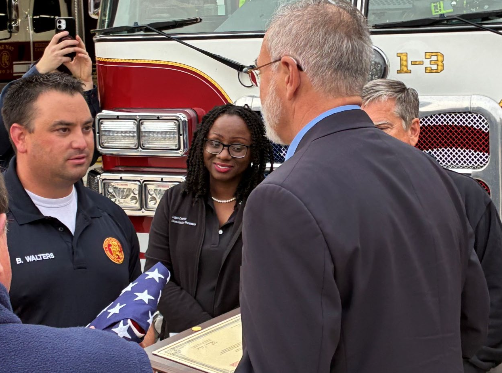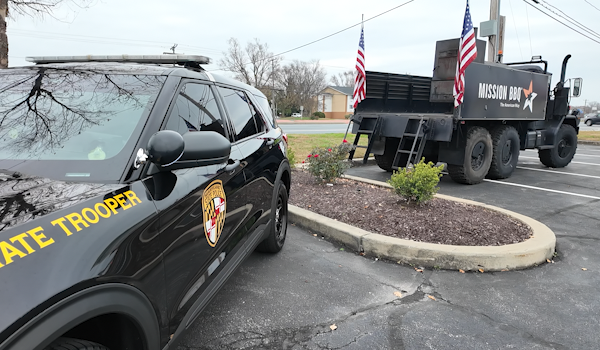New drone technology will help people on Smith Island receive the medical goods they need
SMITH ISLAND, Md. – Maryland Governor Wes Moore has announced a new program, that’s geared towards the people of Somerset County.
‘Strengthening Mobility and Revolutionizing Transportation’ —also known as SMART grants fund state, local, and Tribal governments to conduct demonstration projects.
Over $1.7 million will go toward the project, called the ‘Eastern Shore Pilot Program.’ The program will improve access to healthcare resources. With the focus being on rural communities like Crisfield and Smith Island.
WHAT DOES THIS MEAN?
Maryland State Senator, Mary Beth Carozza of District 38 is excited for what’s to come in the county. “People living on Smith Island will have this access to the medical needs and medical supplies of the medicines they need to live and thrive on Smith Island.”
The project will allow for drone technology to transport medical goods to and from Crisfield and Smith Island. The objective is to address the poor health in those areas, which is due to the lack of transportation.
The Maryland Department of Planning will serve as the grant manager, with a partnership from the University of Maryland Eastern Shore Aviation Science Program and School of Pharmacy. Another partner in the project is the UMD, UAS Research and Operations Center, and Director John Slaughter believes this new technology will open up a new realm of possibilities.
“For instance, take prescriptions from the mainland out to Smith Island or perhaps pick up lab samples from a patient out on Smith Island and bring it back for testing.”
Many people on Smith Island are linked to mainland Maryland only by commercially operated boat services. Carozza says this will help bridge the gap “Smith Island is becoming a real destination, so to know now, that we have this additional resource, if someone were in a situation where they needed to take advantage of that technology, we now would have that in place.”
THE FUTURE OUTLOOK
The program is structed in two stages. This is only stage 1 of the of the funding, which is capped at $2 million. However, select projects can reach stage 2 and that stage provides even more financial assistance. Slaughter said, getting to stage 2 could be significant for the state. “This could be up to a 15-million-dollar grant, which would help us more broadly establish these kinds of services on the eastern shore.”
The hope is for this to turn into a regionalized service and become beneficial to the entire local area.
“This is not only a Maryland regional asset, but a Delmarva asset as well.” Said Carozza.


